The Sound
Contents
To illustrate this, take a listen to Four by Five by Geri Allen. When the PhoenixNET is disconnected, I miss the snap and tight rumble of the drums. I also lose the feel of the more dramatic playing of the piano towards the beginning of the recording. Instruments also sound like they’re being played with an acoustic slur. Almost like it’s in slow motion. In addition, every note seems to contribute the same amount of gravitas – which isn’t very natural sounding. Essentially, the music just sounds flat and disorienting.
Now, connecting the PhoenixNET enhances the listening experience by allowing individualized reverb tails to float freely into the room. This results in each instrument having its own unique sonic finesse, texture, and palpability. Retaining its inherent character and playing comfortably in the space around them. This is in contrast to being closely overlaid and confused as the recording becomes more hyped. With the PhoenixNET, listeners are able to discern the intrinsic variations of different performers and their instruments, not just in timbre but also in their localization and grounded presence.
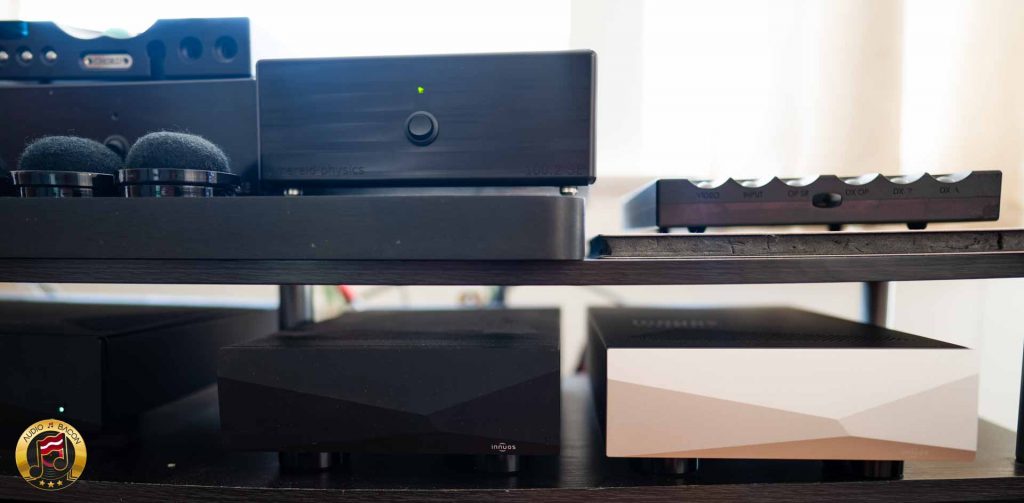
and another one…
Without the PhoenixNET, Toto La Momposina’s El Pescador showcases voices with more bloom and a noticeable blend of shakers with percussions. Which also annoyingly bleeds into supporting vocalists. However, adding the PhoenixNET back in brings more air surrounding the performers and highlights Momposina’s variable shift of propulsive energy throughout the track, resulting in perfectly timed harmonies and proper elongated decays in the acoustic space. The same effect can be heard in Laufey’s Let You Break My Heart Again, where the presentation is far more free-spirited, nuanced, and textural, and her voice is far more sculpted and congealed. Removing the PhoenixNET does brings out more tube-like character in her voice, but at the cost of losing the pristine qualities that make it sound like she’s performing front and center, causing what some may call “digital glare.”
At this point, the Innuos Phoenix noticeably improves the fidelity of any genre of music, whether it’s Kendrick Lamar, Yo-Yo Ma, Metallica, or a dense Mahler symphony. It especially accurately portrays live recordings, conveying the physical exertion of the performers and the explosive enthusiasm of the audience.
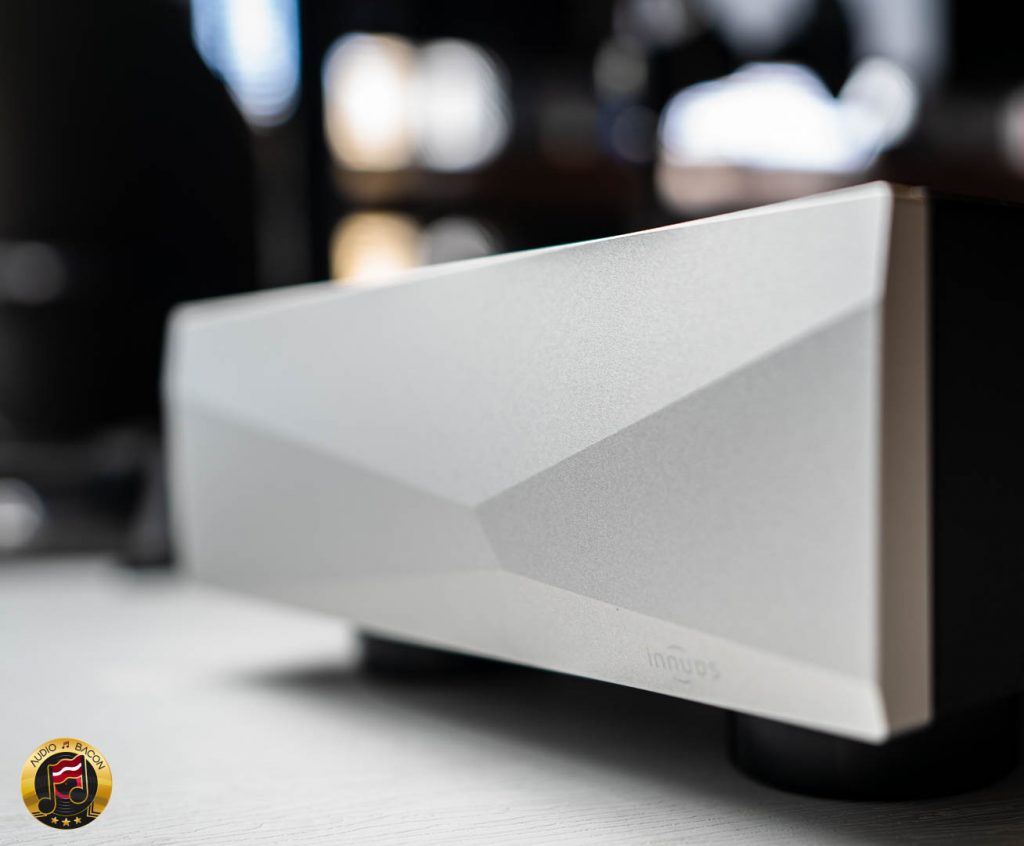
Dropping the mic…
Now, if there’s one track to fully convince you of just how insane the Innuos PhoenixNET is, it would be David Fleming’s Get Out from the hit Netflix series, The Last of Us soundtrack. This track should keep you on the edge of your seat. It should send chills down your spine and startle you. Without the PhoenixNET, you lose almost all of the spatial and dynamic cues. Especially during the climatic crescendos. Everything just sounds like they’re on the same focal plane, playing with the same amount of sonic intensity, with a complete lack of delineation. Essentially it sounds two-dimensional and pale.
Connect the PhoenixNET and your adrenaline suddenly rises rapidly. The soundscape suddenly becomes eerie with the creepy buzzes, static, and clicks…until you start panicking when the beat drops and rolls at you. This is what it means to be enthralled and enveloped into the music. The way the PhoenixNET manhandles the more delicate notes to how it’s able to preserve the scale and weight of the track – is uncanny. So if those emotions aren’t running through you while you listen to this track…it’s probably because you don’t have a PhoenixNET.
Improvement in Local Playback
The Innuos PhoenixNET will also improve your music playback from the files on the music server itself. Even though that music isn’t being streamed through the PhoenixNET. You heard that right.
So as I was doing my listening tests, to have a reference point, I disconnected the PhoenixNET from the chain to listen to some music on local storage. However, I noticed a dramatic difference when the PhoenixNET wasn’t connected.
I knew that connecting any device to the music server would affect the sound, but I was not prepared for the significant impact that the Innuos PhoenixNET had. To my surprise, local music playback improved noticeably after connecting the PhoenixNET to the server, despite not streaming the music through it. The PhoenixNET’s ability to eliminate a vast amount of electrical noise from an already high-end server is impressive. What’s more, since I needed to connect an Ethernet cable to the server anyway, it made my decision to buy the Innuos PhoenixNET that much easier.
Case in point, Jean Frye Sidwell’s I Left My Heart in San Francisco, there’s a huge difference in instrumental separation and vocal clarity. When the PhoenixNET is disconnected, the woodwinds and brass dulls and the piano start to haze and blur. Bass plucks aren’t as distinct and the overall presentation has more spill-over from the performers. In other words, it lacked that acoustic collaboration that makes the music more convincing. Again, keep in mind these are local files on the server. Not music streamed on the network.

More listening notes…
As I go through a variety of recordings, there’s an substantial improvement in sub-bass rumble, midrange body (more forward as well), and tonal distinction. Piano and voices are smoother and meatier. And on busy metal or orchestral tracks, there’s a clear differentiation of harmonic character. Each instrument has their own gravitational pull without clashing or disturbing the other melodic elements.
For example, electric guitars and drums overlay individualistically and with perceived synergy. With the PhoenixNET removed…the sound gets hollow, thin, and flat. The drums merge with the strings. Vocals are rougher and the texture across instruments gets muddled. Reconnect the PhoenixNET and there’s division, vibrance, truer timbre, faster attacks, and overall just more realism. It’s quite remarkable to say the least.
Comparison to SOtM sNH-10G Ethernet Switch
I want to note that this isn’t a fair comparison, but since it’s the only audiophile switch that I have available, I thought it was worth sharing my experience. I’ve been using the award-winning SoTM sNH-10G (base $800 USD) in my system for the past four years, and it has consistently outperformed all of the consumer grade switches I’ve tested in the past. However, the Innuos PhoenixNET ($3,749 USD), at nearly five times the cost, is expected to have a commensurate level of performance. And it doesn’t disappoint.
Sonic differences
I would say the biggest audible difference is the sNH-10G sounding more “dreamy.” It’s a little leaner, more grey in tonal color, not as sculpted, and its presentation is more laid back and polite. With the PhoenixNET, you get more tactility and heftier dynamics…which allows you to “touch the music.” The low-end has more thump and rumble and the mid-range is smoother and more nuanced. On the hand, the sNH-10G is a bit softer and less refined.
In addition, the PhoenixNET reconstructs the space with an enhanced sense of atmosphere and resonance. This not only allows for a larger soundstage, but more delineation, quicker transients, and more instrumental differentiation in weight and timbre. On top of all this, the PhoenixNET is noticeably quieter.
For example, there’s immediately more drama and vividness from McCoy Tyner’s Four by Five. This is supported by a very precise allocation of density across the soundstage. The brass, bass, piano, and cymbals have their own sense of heft and acoustic pressure without bleeding into each other. The plucks and taps are appropriately concrete and isolated. Depth is infinite, the scale is natural, and the articulation is precise. Basically, it’s just sounds more like a live performance.
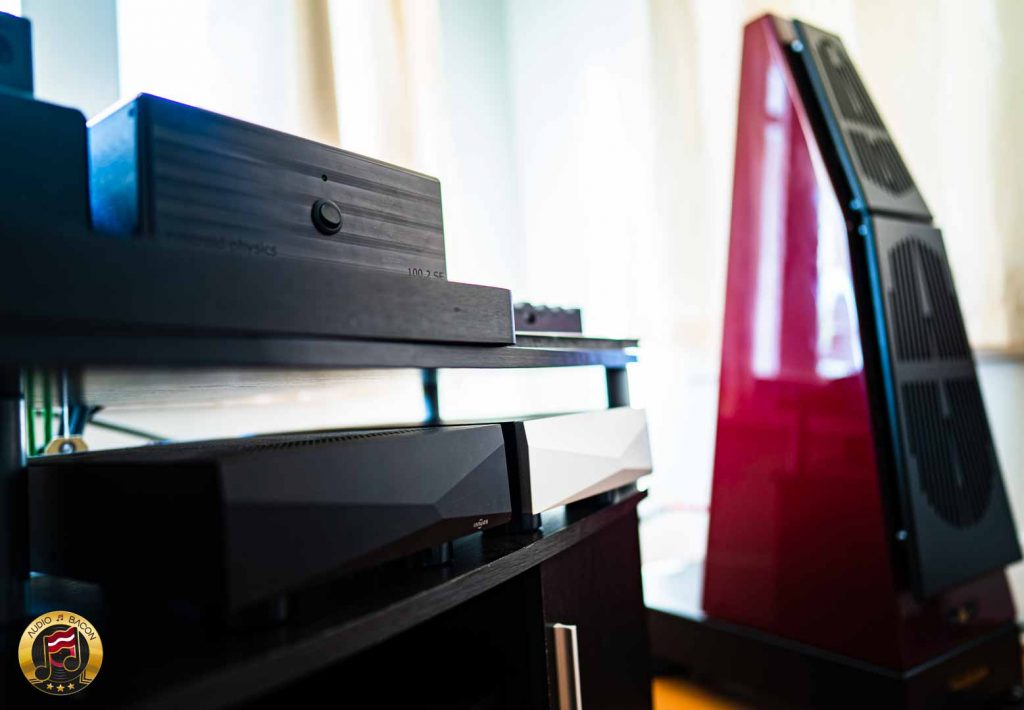
Considerations
Before you decide which one is a better fit, there are other considerations. For one, the PhoenixNET maxes out at 100 Mbps, which is excruciatingly slow for any type of network data transfer. Secondly, you only get four ports – and none of them support fiber connections. So if you have your audiophile switch as a hub for your home theater and multiple listening systems and/or prefer to use SFP ports…then the sNH-10G will probably be a better fit for “blanketing” better sound. But if your HiFi switch sits closer to your stereo AND you have a lot of cash sitting around…then go for the Innuos PhoenixNET.

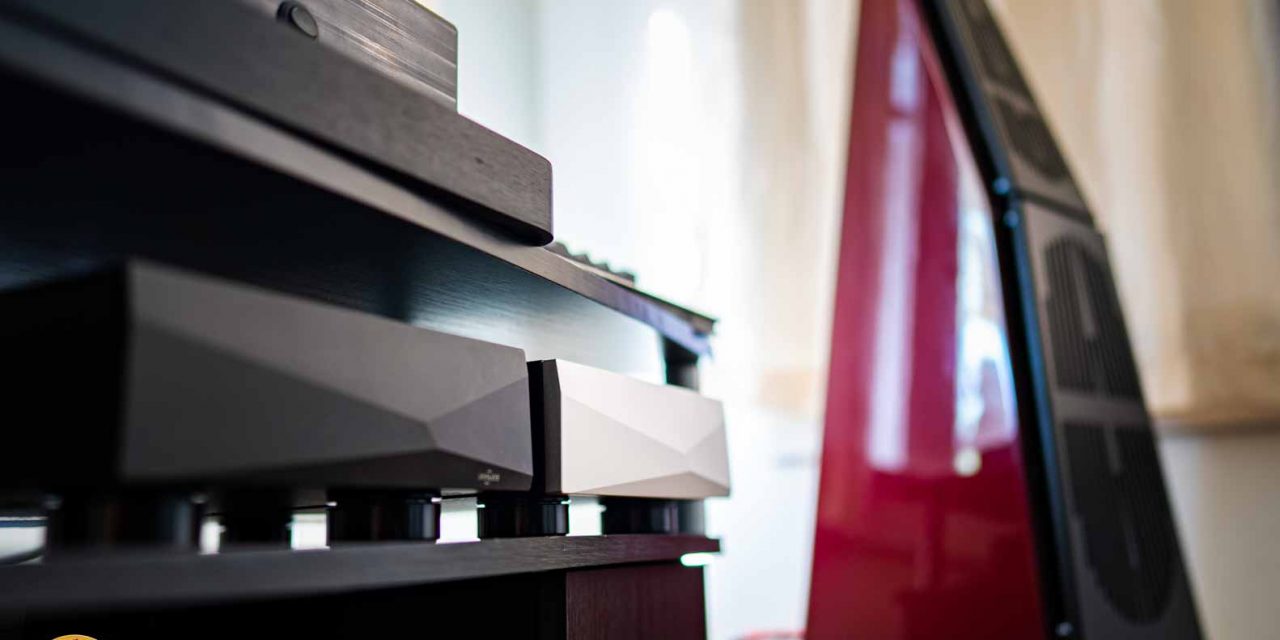





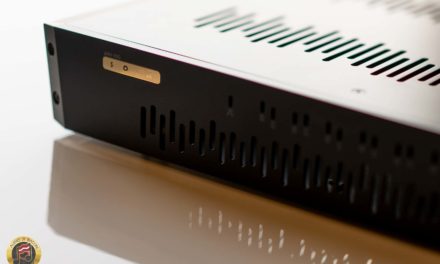

Thanks Jay for the detailed and wonderful review. I also am considering adding this device to my streaming setup. One question, did you ever have the opportunity to try the Gigafoil v4 Ethernet filter in your system? If so, any comments on how it compares to the PhoenixNET?
Thanks again,
Seph
I have not! I’ll have to look into it. Been out of the loop for a while 😉
I wish Innuos would add SFP to their switches. This is the game changer, and without it I will not now consider a product.
SFP doesn’t always sound better though?
Hey Jay, have you compared the QNet? I own the PhoenixNet, and I love it. But Nordost Qnet with their Qsource PSU has me wondering…how it would compare. Thanks for your amazing work as always!!
Hello
what would you rather recommend?SOtM switch with clock connection and main clockVS INNUOS Phoenix switch?Libe greetings, your tests are awesome
How were you powering the SOtM sNH-10G for your comparison Jay?
Personally, would be very curious to hear the relative difference between the Innuos, and the SOtM at a similar price range — say the sNH-10G + sCLK-OCX10 with with a similar level of power supply (DC3/DC4 etc)!
Powered with a Paul Hynes SR7. Generallyn speaking, the Innuos is denser and richer. With the sCLK-OCX10, the resolution is matched more closely but the tonal color is still very different (SOtM being closer to neutral).
Jay, great review. I was wondering if you have any experience with the Uber popular Etherregen switch?
its always nice having reviews for these very niche products, thanks!
It drives me INSANE that i can hear the difference in hard drives for music. Do you have any recommendations for “”music drives””? Im too broke for a streamer haha
You Audiophiles guys really are the biggest pigeons ever.
Sincerely,
As an electrical engineer how could you recommend such scam? Basic electronics, 100Mb, and you said it, 0 and 1…
And people are buying these…
It passes an exact digital copy. The music isn’t fuller, richer and in anyway different than a $100 switch.
Sorry to disappoint you all. If you know networking protocols and have sniffing hardware you can monitor the error rate to prove that it isn’t any better. The timing of the digital music is not controlled by the switching hardware, the data is buffered and the DAC at the end of the digital chain times the data conversion.
Do not forget the 2000$/€ ethernet cable too, otherwise the 0 and 1s will become 2. How stupid can people get?
I have had the PhoenixNet for several years. It made a very large improvement in my chain from the moment it was plugged in (it was already burned in as a demo).
P.S. It looks as if some ASR followers have posted this month. Too bad.
Jay, thanks for your in-depth review. I had a thought about an easy a/b experiment regarding the impact of the PhoenixNet on playback of local files on the server. If you unplugged the ethernet cable from the server, and then played back local files on the server, you should get better sound quality if the LAN is indeed injecting noise. Logically, it should sound comparable to how it sounds with the PhoenixNet engaged. This presumes, of course, that your server can function without LAN-based control. I am getting the PhoenixNet tomorrow, and will try this out. Thanks. — David
That would work if there was a way to communicate to the server without a network connection to it. I think I’ve tried a wireless adapter and it actually sounded worse.